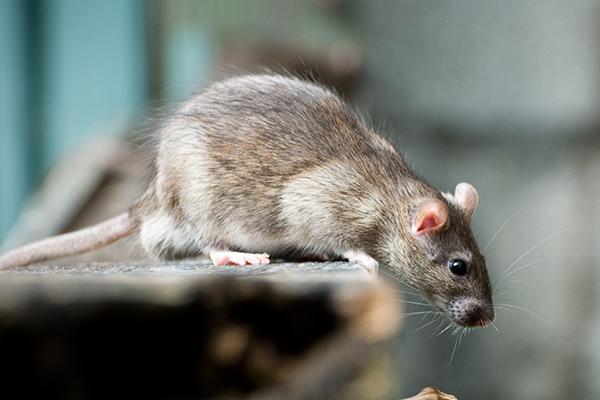Rodent Control for Industrial Food Plants: Essential Strategies
Share
In the intricate world of industrial food plants, maintaining a pristine environment is not just a priority; it's a necessity. One of the most persistent threats to this cleanliness is the presence of rodents. These pests can cause significant damage to both the infrastructure and the reputation of a facility. Understanding and implementing effective rodent control for industrial food plants is crucial to safeguarding the integrity of the food production process.

Why Rodent Control is Crucial
Rodents are notorious for their ability to infiltrate any space, no matter how seemingly secure. Their presence in industrial food plants is particularly concerning due to the potential for contamination. Rodents can carry a multitude of diseases, which can easily spread to the food products in these facilities. Furthermore, their gnawing habits can lead to structural damage, posing additional safety risks.
For more insights on how technology can assist in pest management, check out this article on AI Pest Solutions for Delivery Kitchens.
Identifying Signs of Rodent Infestation
Early detection is key to effective rodent control. Common signs of infestation include droppings, gnaw marks on packaging or equipment, greasy trails along walls, and nesting materials. Regular inspections and monitoring can help in identifying these signs early, allowing for swift action.
Droppings and Gnaw Marks
Rodent droppings are often the first indicator of a problem. These can be found near food sources or nesting areas. Gnaw marks, on the other hand, are a clear sign of rodents trying to access food or create nests.
Grease Trails and Nests
Rodents often leave greasy trails along walls due to their oily fur. These trails can help identify their usual paths and nesting sites. Nests are usually made from shredded materials such as paper or fabric, often hidden in secluded areas.
Strategies for Effective Rodent Control
Implementing a robust rodent control strategy involves a combination of prevention, monitoring, and intervention. Here are some essential strategies:
Prevention
Prevention is always better than cure. Ensuring that all potential entry points are sealed, maintaining cleanliness, and storing food properly are fundamental preventive measures. Regular maintenance of the facility can also prevent structural damage that might allow rodent entry.
For a deeper dive into prevention devices, explore this Pest Prevention Devices article.
Monitoring and Detection
Utilizing technology such as sensors and cameras can enhance monitoring efforts. These tools can provide real-time data on rodent activity, allowing for timely interventions. Regular audits and inspections by pest control professionals can also aid in early detection.
For more on data-driven pest control, see how Trap Data Logging can contribute to food safety.
Intervention
When rodents are detected, intervention is necessary. This can include traps, baits, and professional extermination services. It's important to choose methods that are safe and compliant with food safety regulations.
For a comprehensive approach to rodent control, consider this guide on Warehouse Rodent Control.
Maintaining a Rodent-Free Environment
Maintaining a rodent-free environment requires ongoing effort and vigilance. Continuous monitoring, regular maintenance, and staff training are essential components of a successful rodent control program. It's crucial to build a culture of awareness and responsibility among staff members to ensure the facility remains secure.
For more strategies on maintaining pest-free environments, learn about Restaurant Pest Control Automation.

FAQs
What are the most common rodents found in food plants?
The most common rodents found in food plants are rats and mice, specifically the Norway rat, roof rat, and house mouse. These species are known for their adaptability and ability to thrive in food-rich environments.
How can technology aid in rodent control?
Technology can greatly enhance rodent control efforts through the use of sensors, cameras, and data analysis tools. These technologies provide real-time insights into rodent activity, allowing for timely interventions and more effective management.
What are the legal requirements for rodent control in food plants?
Legal requirements for rodent control vary by region but generally include maintaining a pest management plan, regular inspections, and compliance with food safety standards. It's important for food plants to stay informed of these regulations to avoid penalties and ensure product safety.
This article contains affiliate links. We may earn a commission at no extra cost to you.
